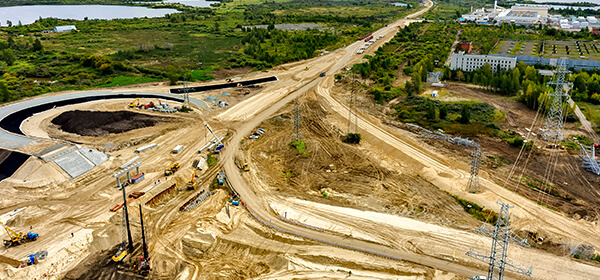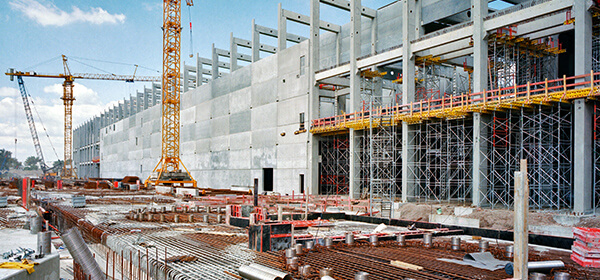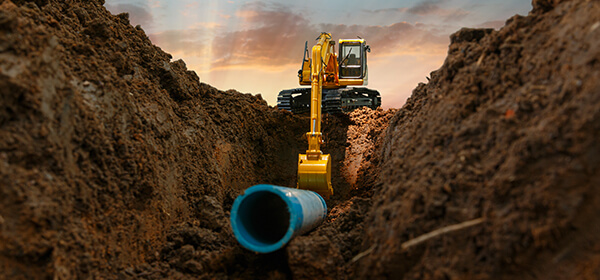Industries
The construction industry is a broad and diverse sector that includes a variety of sub-industries, such as heavy and civil engineering construction, building construction, specialty trade contractors, and construction management services.
Building construction involves the construction of residential, commercial, and industrial buildings. This sub-industry includes activities such as site preparation, foundation work, framing, roofing, and finishing.
Specialty trade contractors include trades such as electrical, plumbing, heating and air conditioning, and painting. These contractors provide specialized services to building construction projects.
Construction management services are companies that provide services to manage the construction process. This includes project management, scheduling, budgeting, and quality control.
Technology in the Industry
Improving productivity and quality across Heavy Construction, Building, and Utilities sectors is critical for meeting the increasing demand for infrastructure, housing, and utility services. Achieving these goals requires the integration of advanced technologies and innovative solutions into construction and utility operations.
In Heavy Construction, technologies such as Building Information Modelling (BIM), drone-based surveys, and autonomous construction equipment can help to improve productivity and accuracy, reduce costs, and increase safety. For example, drones can be used to survey large construction sites quickly and accurately, while autonomous equipment can perform repetitive tasks with greater speed and precision, freeing up human operators for more complex tasks.
In the Building sector, technologies such as prefabrication and modular construction, 3D printing, and smart building systems can help to improve productivity and quality. Prefabrication and modular construction can help to reduce construction time and costs, while 3D printing can enable the production of complex building components with high precision. Smart building systems can help to improve energy efficiency and reduce maintenance costs.
In the Utilities sector, technologies such as smart grid systems, remote monitoring and control, and predictive maintenance can help to improve efficiency and reliability. Smart grid systems can help to optimize energy distribution, while remote monitoring and control can help to identify and address issues before they become major problems. Predictive maintenance can help to reduce downtime and extend the lifespan of utility equipment.
Overall, driving productivity and quality across Heavy Construction, Building, and Utilities sectors requires the integration of advanced technologies and innovative solutions. By adopting these technologies and solutions, companies can improve efficiency, reduce costs, and ultimately deliver better outcomes for their customers and stakeholders.
Our Sectors
Heavy Construction


Driving productivity and quality in heavy construction operations
Demands on the UKs infrastructure are increasing rapidly due to population growth and widespread industrialisation.
It is imperative that the infrastructure we build today is rolled out quickly and efficiently to meet this demand so it is vial that the wider industry adopts Intelligent Construction methods as offered by modern equipment and workflows.
Building Construction


Fast and precise construction layout helps projects stay on-track
With the construction industry undergoing a digital revolution, traditional tools and processes are being replaced with digital ways of working. New technologies and processes are transforming how companies operate, helping users to do the same jobs faster, more easily and accurately.
Utilities


Utility detection for avoidance and mapping
Surveyors, utility companies and contractors, now more than ever, need accurate, highly reliable, and up-to-date information – available for immediate use. Using the latest technology, detecting underground features becomes a simple and efficient task, increasing your safety and the protection of buried utilities. Our detection solutions provide a truly streamlined process from the field to the office, and back again, able to cover the entire utility detection, avoidance and mapping workflow with integrated solutions.